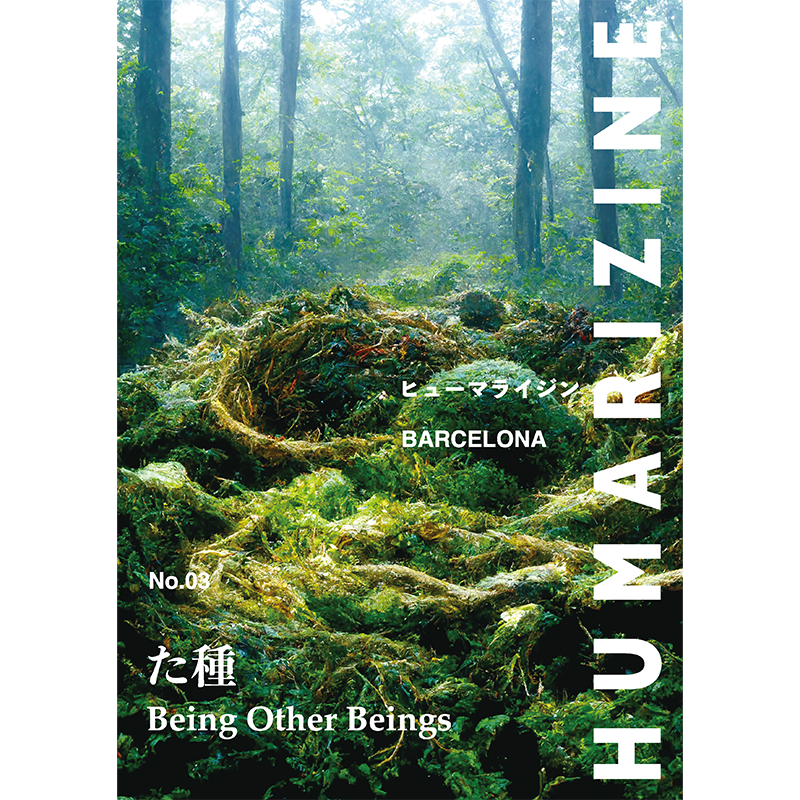HUMARIZINE No.03 Tashu / Being Other Beings
2022/08/16
→STORE
The theme of this issue is “Tashu / Being Other Beings.
We have taken up the keyword “multispecies,” which we hear more and more in the fields of architecture and design, in the production of this year’s issue of HUMARIZINE. We designers, artists, and researchers considered from various perspectives how we can weave our creations in an environment where we are surrounded by things other than ourselves. By focusing on Tashu (other species/multispecies), both human and non-human, we may gain a new awareness of what HUMARIZINE means by “human”.
Since Reipon and Taiga Matsuoka are in Barcelona, Spain for this issue, we have decided to form a separate team with Kotaro Sano in Tokyo to write and edit the issue as two separate teams.
The Barcelona team was led by Reipon and Taiga Matsuoka, with the participation of their friends Keny, Ogloo Sharnuud, and Jesse Segura, all of whom they met in Barcelona, as writers.
The Tokyo team was led by Kotaro Sano, with new additions Rena Inada and Hazuki Yasunaga, who were originally friends of the team, handling everything from content organization to writing. Mariko Kawano, who was working on a project similar to the theme of this issue, also joined the team to write.
The editing process conducted by each team was a relationship-building process that embodied the concept of “Tashu / Being Other Beings. The Barcelona team was the other species for the Tokyo team, and vice versa. The result of this relationship was HUMARIZINE, a book that outlines the kind of community we want to create.
Team Tokyo
Kotaro Sano
Rena Inada
Hazuki Yasunaga
Mariko Kawano
Team Barcelona
Rei Terauchi
Taiga Matsuoka
Ogloo Sharnuud
Jesse Segura
Keny
Editorial Design
Taiga Matsuoka
Cover Art
Generated by Midjourney
Calligraphy 『種』
Sumika Hosoe
Think about Tashu / Being Other Beings
Taiga Matsuoka
In the late summer of 2021, I left Japan with Reipon, the co-founder of HUMARIZINE. It was not that I was fed up with Japan, but I am glad to have come here. I and Reipon are now living in Barcelona, Spain, and Reipon is continuing her research and practice at a graduate school here. On the other hand, I work remotely from a shared house and am a househusband. Compared to a year and a half ago, when I had depression because I could not go outside my house due to the pandemic, I am having healthy days and I am discovering new things every day, which is very stimulating. This stimulation comes from the friends I have made in Barcelona. In particular, my roommates are doing research on degrowth in Barcelona, and they are always willing to get involved in discussions every night with me while adjusting to my poor English skills. It is a blessing to be surrounded by good friends with whom I can discuss things both in Japan and away from Japan. At the same time, I have grown confident that we will somehow be able to get to such a space if we live with a HUMARIZINE philosophy, “to be human is to think and act based on your physicality, such as what you feel here and now, bringing in spontaneity from the surrounding environment.” This is why, for this issue, I want to create HUMARIZINE with a structure that makes full use of the fact that we are now in Barcelona. Sano, who had a tearful farewell in Tokyo, organizes the Tokyo team. Then, the Tokyo team works in a separate space and a parallel time from the Barcelona team. The main theme of the project is “Tashu/Being Other Beings,” but the detailed interpretation of the theme is left to each team, and we want to implement a thrilling process in which Tokyo and Barcelona will meet at the end.
We will deeply discuss about “Tashu /TashuBeing Other Beings” in each content of this magazine later. Thus, I do not explain about our theme and do not answer it now. Here, I want to note the circumstance under why we set the theme.
Before “Tashu / Being Other Beings,” we had tentatively chosen “Multispecies” as the theme of this issue. My interest in multispecies goes back to 2020 when I was working on my master thesis and bought the journal “Tagui” published by a multispecies anthropology group in Japan. At the time, I was slowly beginning to get into anthropology, having read several books by anthropologist Tim Ingold and Philippe Descola’s “Beyond Nature and Culture”. As an extension of this, I seem to remember learning about the term multispecies. Katsumi Okuno, a key figure in the multispecies anthropology group in Japan, wrote “Multispecies ethnography, while technology, political and economic regimes cover every corner of the earth, whose activities are considered a destructive force in a world, has shifted the perspective from the single species of man to the intertwining of many species of plants, animals, and microbes as agents of action, under human domination and control or escaping them, in which they have built their survival and prosperity. ”
I am very sympathetic to this shift in perspective by anthropologists, as my own research has criticized the modern view of production in which humans exist at the center. Taking a cue from these discourses in other fields, I have been thinking about architecture, my specialization, in my master’s program. In particular, I have paid attention to the fact that in manufacturing, the subject of human creation is too strong, and materials are extremely objectified. As a clue to reveal the relationship between humans and materials, I have been conducting research and practice on the process of making in which the creator (human) learns something from the waste (material).
With this problem of strong subjectivity, I have come to the West, a place that has been using a strong subjectivity toward the world. In Venice, I happened to encounter the term multispecies again. The theme of the Venice Biennale Architecture, postponed due to the pandemic and to be held in 2021, was “How will we live together? “ I was surprised that multispecies, which interested me from anthropology, and architecture, which I am studying, were naturally combined and treated as one global theme. And at the same time, I deeply felt the significance of exploring such a concept. However, I sometimes felt a wicked attitude because architects and designers seemed to develop new expressions while using non-human.
Who is the “we” in the question ”How will we live together?” What is there between “we” and I? I have come to want to set up a theme to think about these abstract questions from various angles. I am always “I” to myself, on the other hand, I am always “someone” to something else. I like to eat chicken, but to the chicken, I may be a cruel killer, or I may be someone who helps the species thrive. Taking a serious look at these complex relationships between different species may lead Humarizine to think about “human beings” anew. With these expectations in mind, I would like to call “た種/Being Other Beings”.
I will enjoy editing this issue, freely deepening the theme while being troubled by the distance between Tokyo and Barcelona. What will be found beyond the distance? What is it that we cannot understand in each other until the end? It is always something different that leads us to the answers to these questions. In this issue of Humarizine, the Tokyo team is “た種” for the Barcelona team. Of course, the reverse is also true. I am already looking forward to the zine that will be born from this relationship.
p.s. When the editing work reached its climax, the theme was changed to “た種” in hiragana to express both the meaning of “other species(他種)” and “many species(多種)”.
Tokyo Intro: Wicked designers for Wicked Problems?
Kotaro Sano

Tokyo: How Can We Live with the Uncontrollable? Exhibition Review: "Microbes actually are all around"
Kotaro Sano
What is the ideal future of a better symbiosis with microorganisms?A critique of the permanent exhibition “Microbes actually are all around,” which opened at the Miraikan in the spring of 2022. Using the author’s work with biomaterials as an example, this text rethinks a world full of microorganisms by considering the difficulties and fascinations of living together with other species.
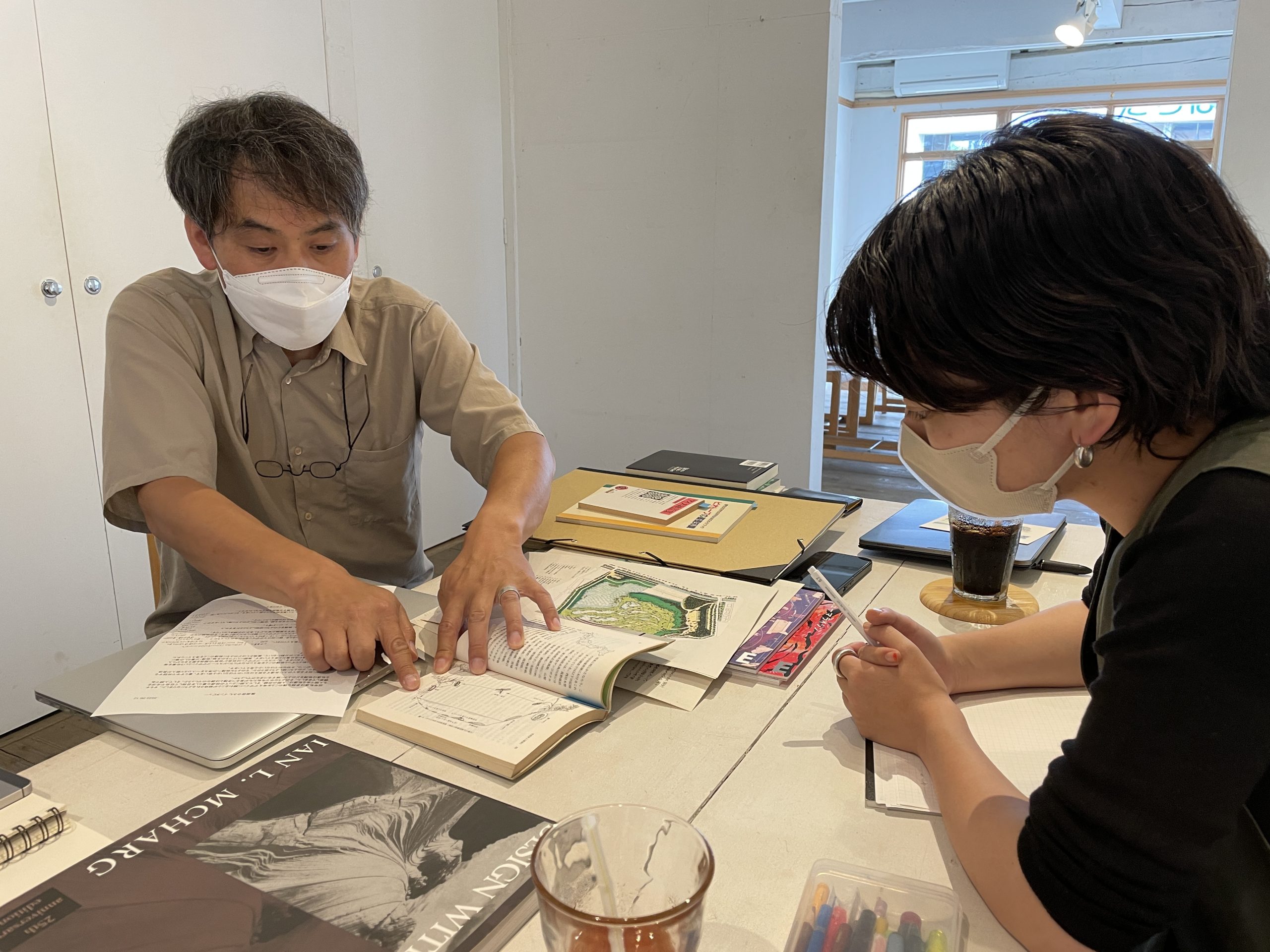
Tokyo: “Milieu” with Other Species
Shunsuke Hirose / writer: Rena Inada
The landscapes that Mr. Shunsuke Hirose showed the author in the process of landscape design were depicted from the same perspective of both people and living things. How are other species considered in the design process, which begins with a study of the local climate? The author visited Mashiko Town, Tochigi Prefecture, where Mr. Hirose lives, to find out about his idea of “adjusting the relationship between society and nature created by humans,” and asked him about the background of his perspective on other species.
Tokyo: Species Field-work
Hazuki Yasunaga + Kotaro Sano + Rena Inada
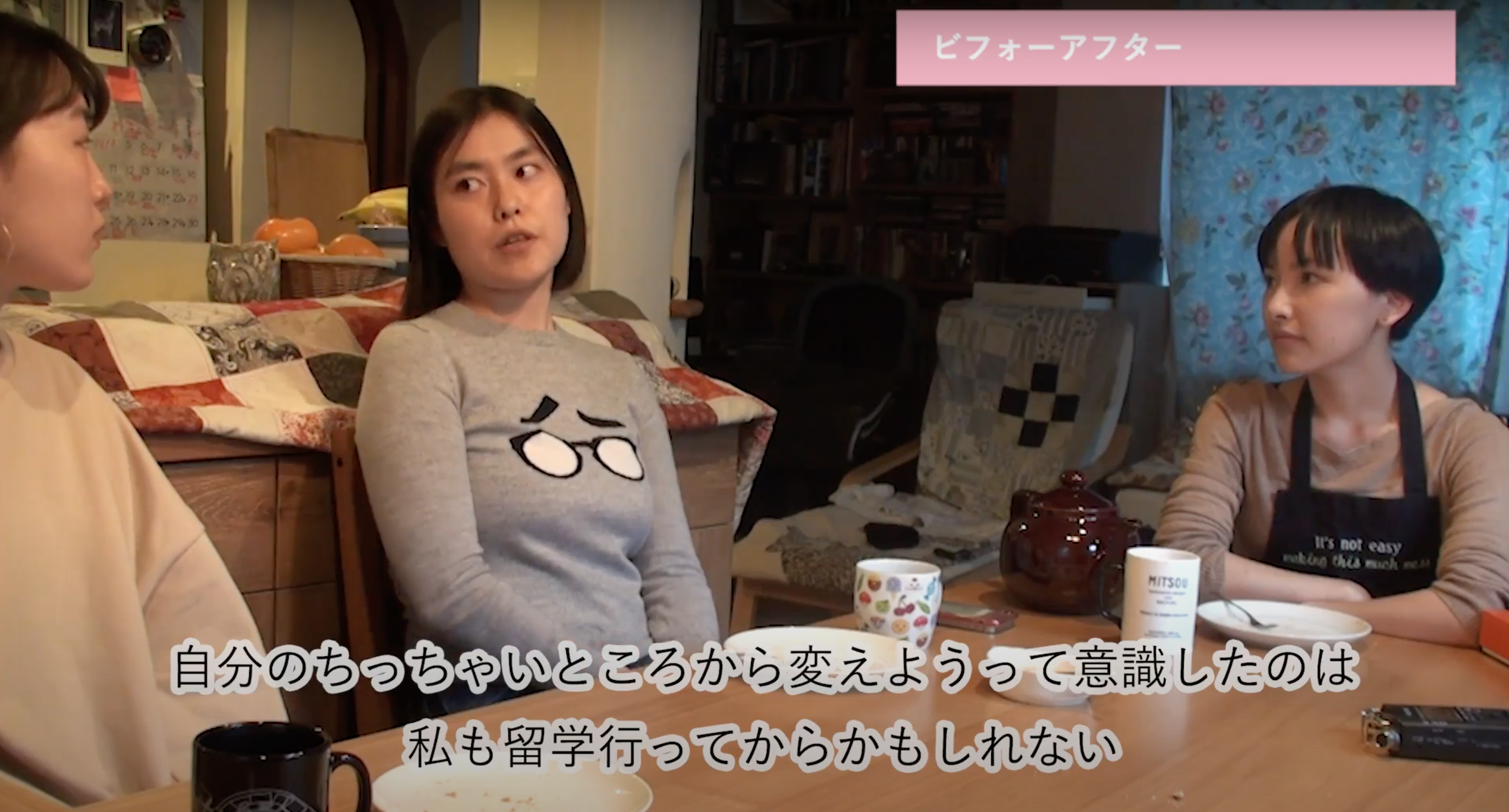
Tokyo: Communal Eating That Enables Dialogue with 'Others'
Hazuki Yasunaga
Food not only keeps us alive, but also brings people together, gathers stories of producers and production areas, and brings together various social and environmental issues at the table. This text introduces artworks (described as “Tomoshoku”) that attempt to connect people in sometimes incompatible positions face to face, and to build dialogue and personal relationships through food, and provides an overview of their methodologies. The author’s own project, “Tomoshoku”, will also be touched upon, and the author’s methodology and the possibilities of the food space will be discussed.
Tokyo: COMpost-Capitalism
Hazuki Yasunaga

Tokyo: Practice of Humans Building Houses for Chicken —Chicken Village in Takigahara Farm—
Mariko Kawano
The author, who became interested in food that sustains people’s lives after the Covid, addressed her doubts about the industry surrounding chickens. The author decided to work on this problem through the method of architecture. The author visited Takigahara Farm in Ishikawa Prefecture, where the concept of “we make our own food,” and designed “Takigahara Chicken Village” there. This text introduces the author’s thinking and the evolution of how she designed for a different species of chicken.
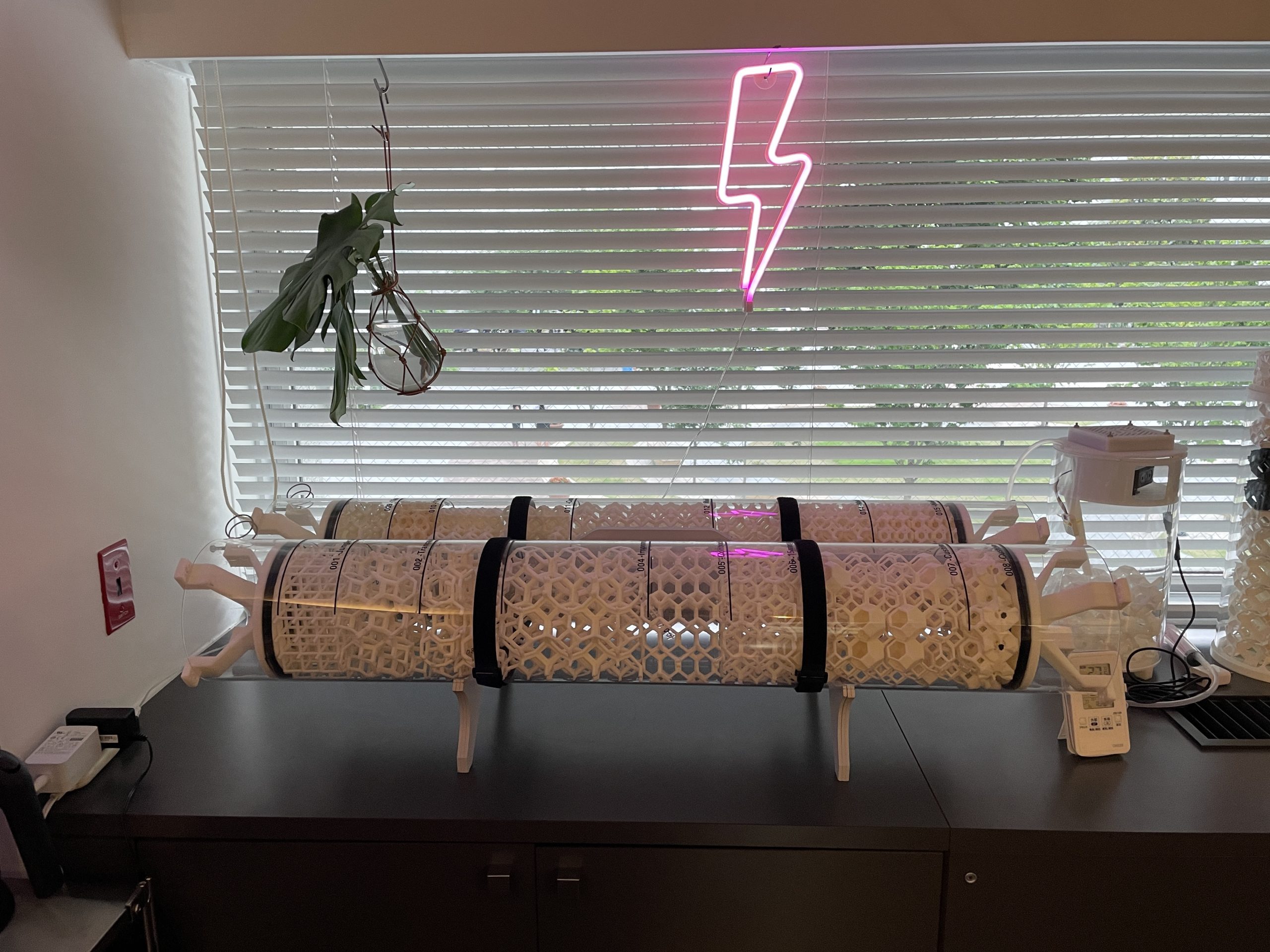
Tokyo: Co-designing Nodes of Industry and Ecology with Crickets
Takuya Onishi / writer: Kotaro Sano
What kind of design is possible for other species of crickets? What does it mean to design with other species? What kind of relationship can be built between humans and other species of crickets through the cultivation of crickets, which are a food and protein source for humans? Based on an interview with Mr. Takuya Onishi, the author will explore his viewpoints and design methods.
Tokyo: Applying Multispecies to Daily Actions
Hazuki Yasunaga + Kotaro Sano + Rena Inada
What kind of design practices are possible for a future of living with multispecies? The Tokyo team editorial members reflect on the production process and consider the theme of this issue, a look at “Tashu”.
Barcelona intro: Living as Others & Designing Marginal in the Land of Barcelona
Rei Terauchi

Barcelona: Multispecies Architecture for Overcoming Anthropocentrism
Taiga Matsuoka
Taking as a starting point the questions I felt when I visited the International Architecture Exhibition at the Venice Biennale in 2021, I consider the relationship between architecture and other species. Taking a cue from “multispecies architecture,” I will explore what kind of architecture can exist not only for us humans, but also for other species. And I will present an idea that architecture can create a relationship between humans and other species, overcoming anthropocentrism.

Barcelona: Towards Sustainable Living–Thoughts from a project in Spain–
Keny
What does degrowth and sustainability really mean? In this text, the author reflects on his thoughts and feelings through the off-grid living project he undertook while enrolled in the “Political Ecology, Degrowth and Enviromental Justice” course at the Universidad Autónoma de Barcelona in Barcelona, Spain, and shares his current thoughts and understanding of “degrowth”.
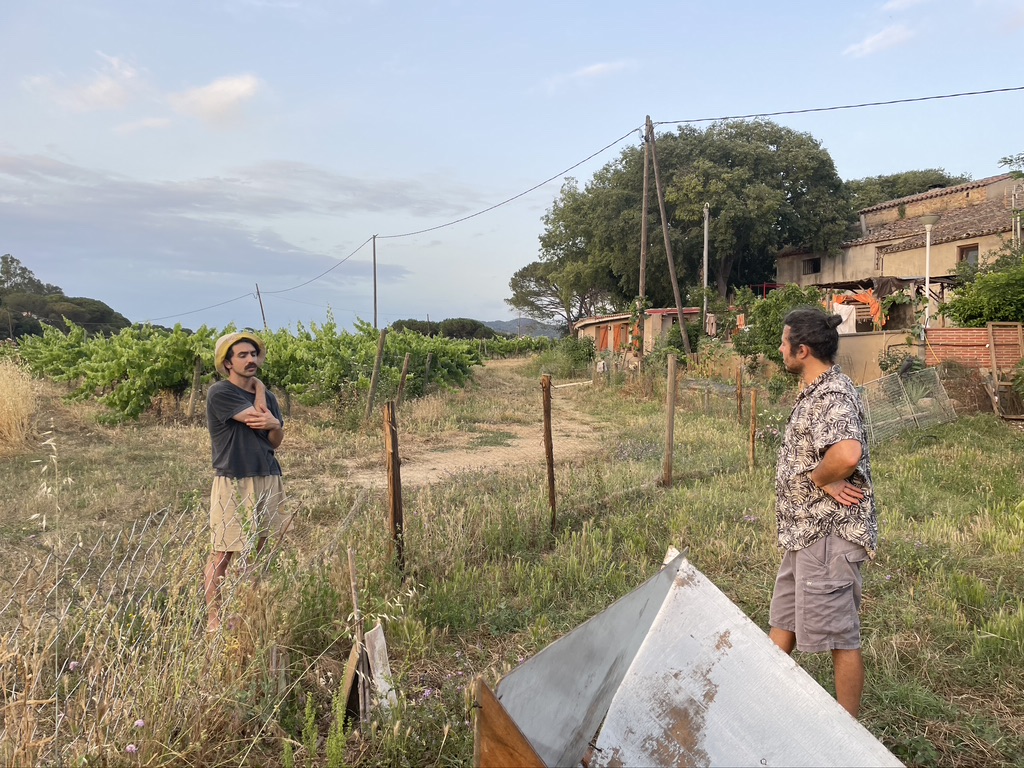
Barcelona: Perma-culture Interview of Christo
Jesse Segura + Ogloo Sharnuud

Barcelona: 'The Theory of Balance' is 'The Theory of Mongol': to Understand Mongolian Worldview Through Ovoo Offering Ritual in Southern Mongolia
Ogloo Sharnuud
Embedded within the traditional holistic worldview, Mongolian herders believe that creating a positive relationship between people and nature through practicing Ovoo offering ritual is one way to protect their communities from misfortunes and environmental hazards. Through exploring Ovoo offering ritual and Mongolian traditional worldview, this article argues that in order to bring about sustainable and long-lasting solutions for those who are most in need, it is critical that researchers and politicians understand and recognize the value of local and Indigenous spiritual beliefs in current global environmental challenges.

Barcelona: Mongolian Poetry
Jesse Segura
Within the context of a powerful state that aims to limit the autonomy of various ethnic populations, this article explores resistance tactics and alternatives. Specifically, it focuses on Inner Mongolian poetry and cooperatives as sites of inspiration and exploration. Through interviews with Indigenous Mongolians, the author presents a case for the potentiality and importance of diverse imaginaries to form despite assimilation efforts. It seeks to extend a hand and create linkages to similar struggles that center around autonomy over history and the future.
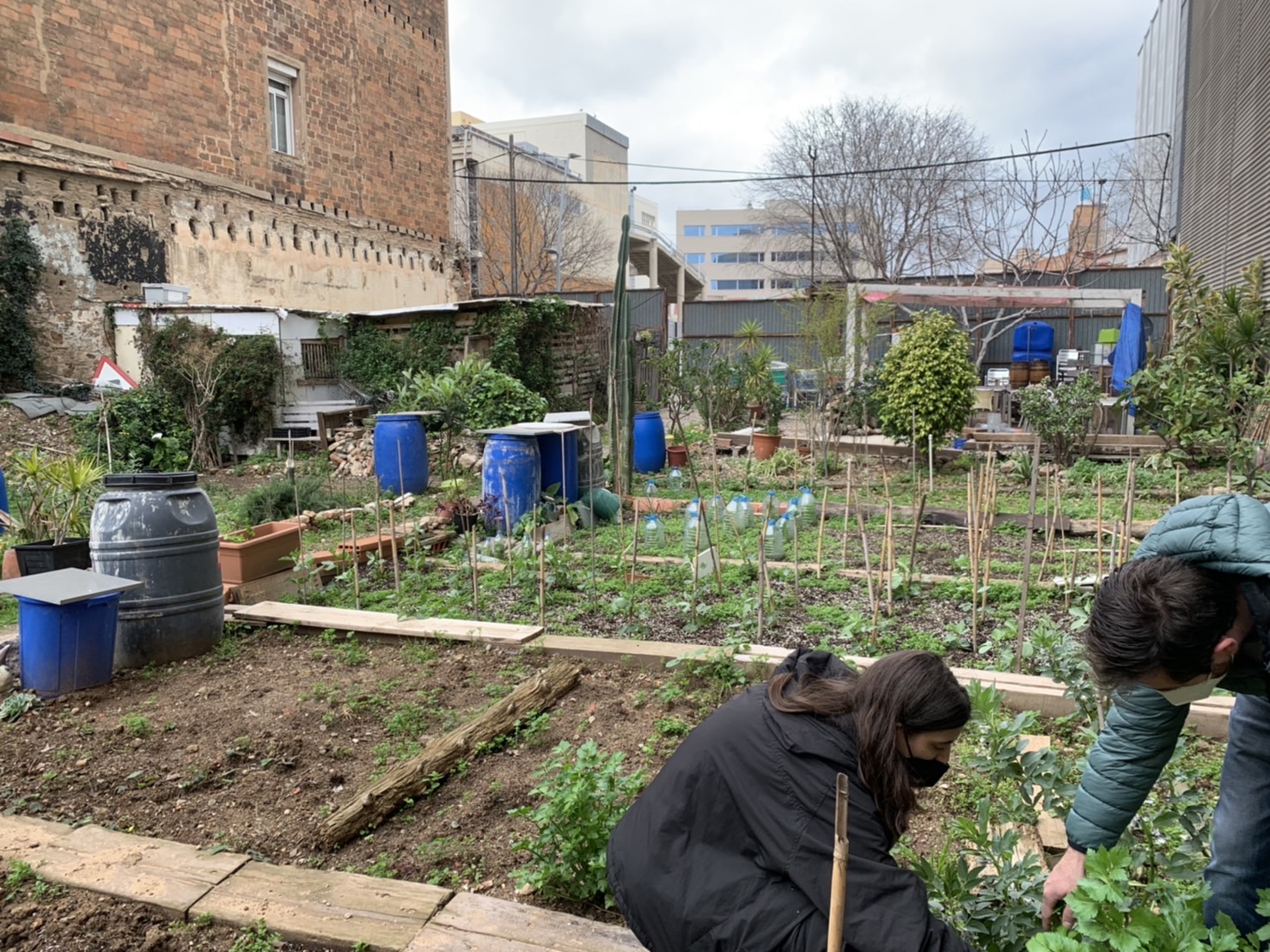
Barcelona: What is the Design for Emergent Futures? : Complexity of Cultivating the Land That is Not “Yours”
Rei Terauchi
This text describes how design for Emergent Futures should be based on the questions I had while studying at IaaC, a school in Barcelona. Through the composting project that I was engaged in, the gap between the project and what IaaC is looking for, and the difference in attitude between myself as a designer and IaaC,I consider the image of a designer that I should aim for.
Barcelona: El Born Diary
Residents
Correspondence Btw Barcelona—Tokyo
Tokyo + Barcelona Team
In order to connect the two editing teams that worked on this issue, and correspondence was exchanged between the Tokyo and Barcelona teams to share their thoughts on “Being Other Beings” as a single magazine.










